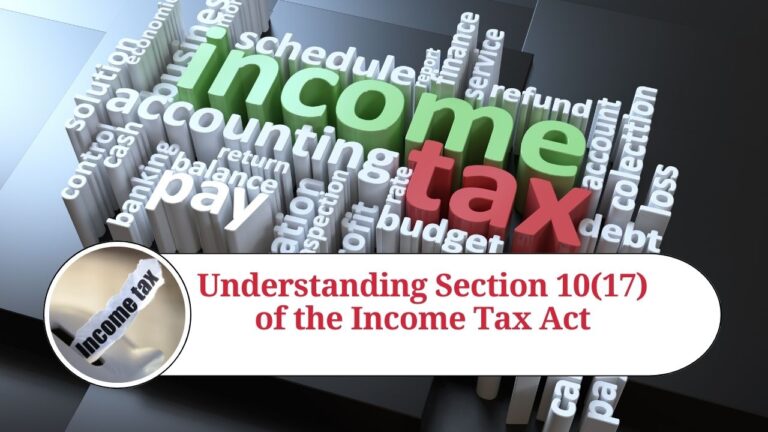In any project report, one of the key financial aspects to consider is the cost of utilities like electricity. Electricity charges can have a significant impact on the overall budget, especially in manufacturing, service-based industries, or even residential developments. This blog will guide you through the process of calculating electricity charges accurately for your project report.
Understanding the Components of Electricity Charges
Before diving into the calculations, it’s essential to understand the various components that make up your electricity bill. This understanding will help you structure your project report better:
- Energy Consumption (kWh): The most common measure of electricity use is kilowatt-hours (kWh), which reflects the amount of energy consumed.
- Demand Charge: In some cases, utility providers charge based on the peak demand during the billing cycle. This is especially important for commercial or industrial projects.
- Fixed Charges: These charges include service fees or meter fees that remain constant, regardless of consumption.
- Fuel Adjustment Charge: This fluctuates based on the cost of fuel used to generate electricity.
- Taxes and Other Levies: Many regions impose taxes or levies that affect the total bill amount.

Steps to Calculate Electricity Charges for a Project Report
1. Identify the Electricity Rate
The first step is to determine the rate charged by your electricity provider. Rates vary depending on location, usage type (residential, commercial, or industrial), and consumption levels. Check your local utility company’s tariff plan, which may include different slabs for varying levels of consumption.
- For Residential Users: Electricity rates typically increase as consumption increases.
- For Commercial/Industrial Users: Different tariffs may apply depending on the time of day (peak or off-peak hours).
Example:
- Base rate: ₹6.50 per kWh for consumption up to 500 kWh
- Higher rate: ₹8.00 per kWh for consumption above 500 kWh
2. Estimate Energy Consumption (kWh)
Estimate the total electricity consumption of your project. This can be done by multiplying the wattage of electrical appliances or machines by the number of hours they are used daily, then multiplying the result by the number of days the project will run.Energy Consumption (kWh)=Wattage of Equipment×Hours of Usage per Day×Number of Days1000\text{Energy Consumption (kWh)} = \frac{\text{Wattage of Equipment} \times \text{Hours of Usage per Day} \times \text{Number of Days}}{1000}Energy Consumption (kWh)=1000Wattage of Equipment×Hours of Usage per Day×Number of Days
Example: Suppose a machine has a power rating of 5000 watts (5 kW), operates for 8 hours a day, and the project lasts 30 days.Energy Consumption=5000×8×301000=1200 kWh\text{Energy Consumption} = \frac{5000 \times 8 \times 30}{1000} = 1200 \, \text{kWh}Energy Consumption=10005000×8×30=1200kWh
3. Incorporate Demand Charges (if applicable)
For commercial and industrial projects, utility providers often charge based on peak demand. This is the highest level of electricity consumption recorded during a specific period, typically in kilowatts (kW).
To include demand charges, you’ll need to know the maximum power consumption in kW during peak periods.
4. Include Fixed and Other Charges
Add any fixed charges, taxes, and levies as per your local utility’s policy. These charges are typically listed separately on utility bills, and you’ll need to account for them in the total electricity cost calculation.
Example:
- Fixed charge: ₹100 per month
- Taxes and fuel adjustment: 5% of the total energy charge
5. Calculate the Total Electricity Cost
Now that you have all the components, calculate the total cost by summing up all charges:
- Energy Charge: Multiply the energy consumption by the electricity rate.
- Demand Charge: If applicable, multiply the demand by the demand charge rate.
- Fixed Charges and Taxes: Add these at the end.
Formula:Total Electricity Cost=(Energy Consumption (kWh)×Rate)+Demand Charge+Fixed Charges+Taxes\text{Total Electricity Cost} = (\text{Energy Consumption (kWh)} \times \text{Rate}) + \text{Demand Charge} + \text{Fixed Charges} + \text{Taxes}Total Electricity Cost=(Energy Consumption (kWh)×Rate)+Demand Charge+Fixed Charges+Taxes
6. Include in the Project Report
Once you’ve calculated the total electricity charges, include this data in the financial section of your project report. This breakdown should highlight the following:
- Estimated consumption
- Applicable rates and charges
- Total electricity cost for the project duration
Example Calculation for a Project
Let’s assume the following:
- Energy Consumption: 1200 kWh
- Electricity Rate: ₹6.50 per kWh for up to 500 kWh, and ₹8.00 per kWh above 500 kWh
- Fixed Charge: ₹100
- Tax: 5% of energy charge
Step-by-Step Calculation:
- Energy Charge for 500 kWh: ₹6.50 × 500 = ₹3,250
- Energy Charge for remaining 700 kWh: ₹8.00 × 700 = ₹5,600
- Total Energy Charge: ₹3,250 + ₹5,600 = ₹8,850
- Fixed Charge: ₹100
- Tax: 5% of ₹8,850 = ₹442.50
- Total Electricity Cost: ₹8,850 + ₹100 + ₹442.50 = ₹9,392.50
In the project report, you will show the final electricity cost of ₹9,392.50 for the specified period.
FAQs
Q1: How do I calculate electricity consumption for multiple machines? You can calculate the energy consumption for each machine individually and then sum up the total. Use the formula for each machine and then add the results.
Q2: Can electricity rates change during a project? Yes, electricity rates may fluctuate due to seasonal demand or regulatory changes. Ensure that your project report accounts for potential rate changes by incorporating a buffer.
Q3: What if my project spans multiple billing periods? For long-term projects, calculate the electricity charges for each billing period separately, based on actual consumption and applicable rates, and then aggregate the totals for the entire project duration.
By following these steps and considerations, you can confidently calculate electricity charges for any project report.
Conclusion
Calculating electricity charges is a crucial aspect of project planning and budgeting. By accurately estimating energy consumption and accounting for all associated costs, you can ensure that your project report presents a realistic financial picture. Always check local electricity tariffs, include all relevant charges, and ensure that you provide a detailed breakdown of these calculations in your project report.



